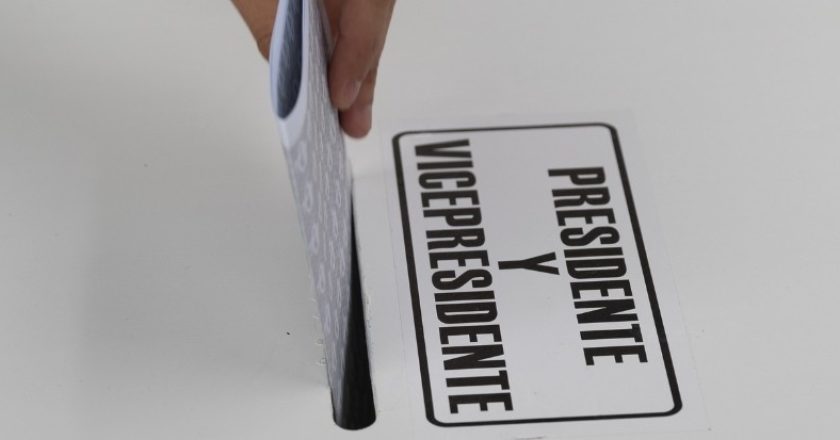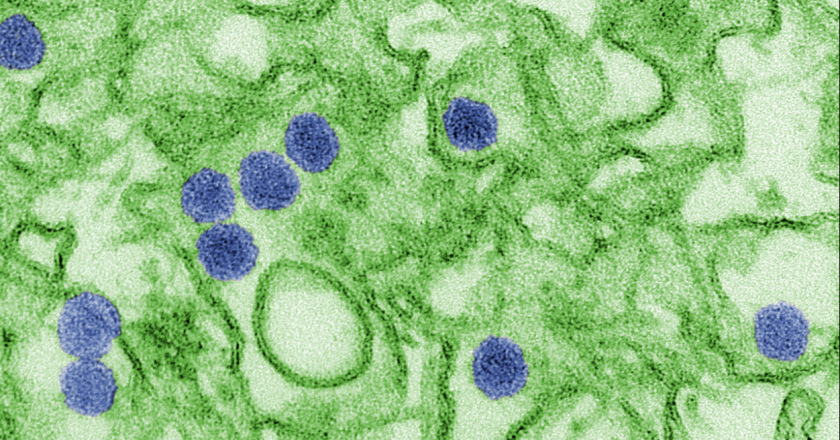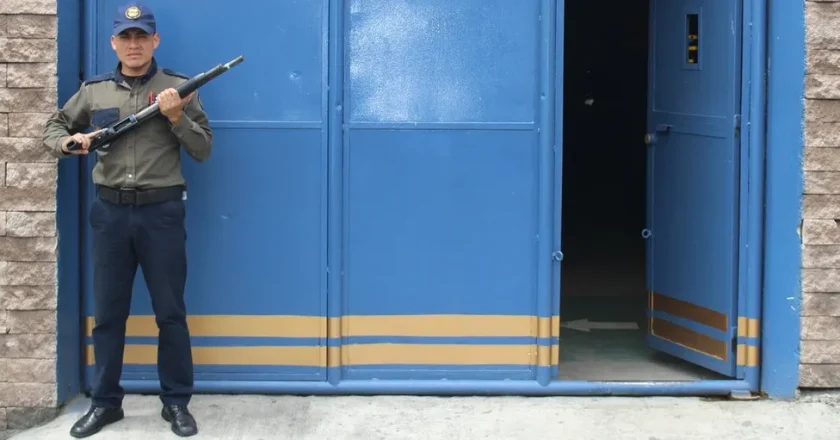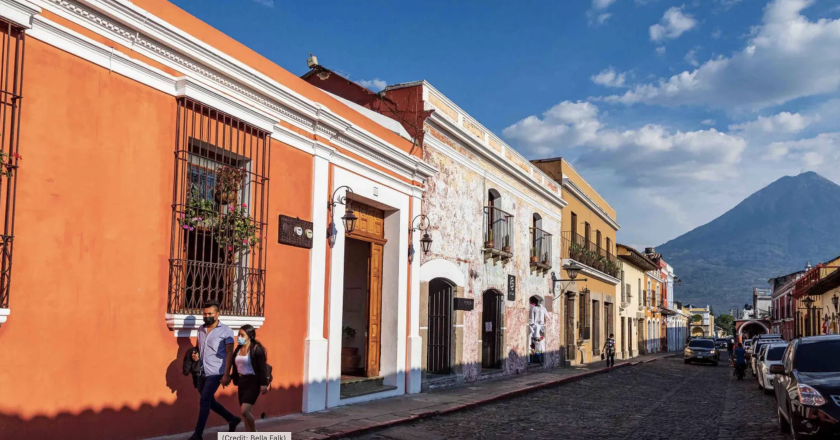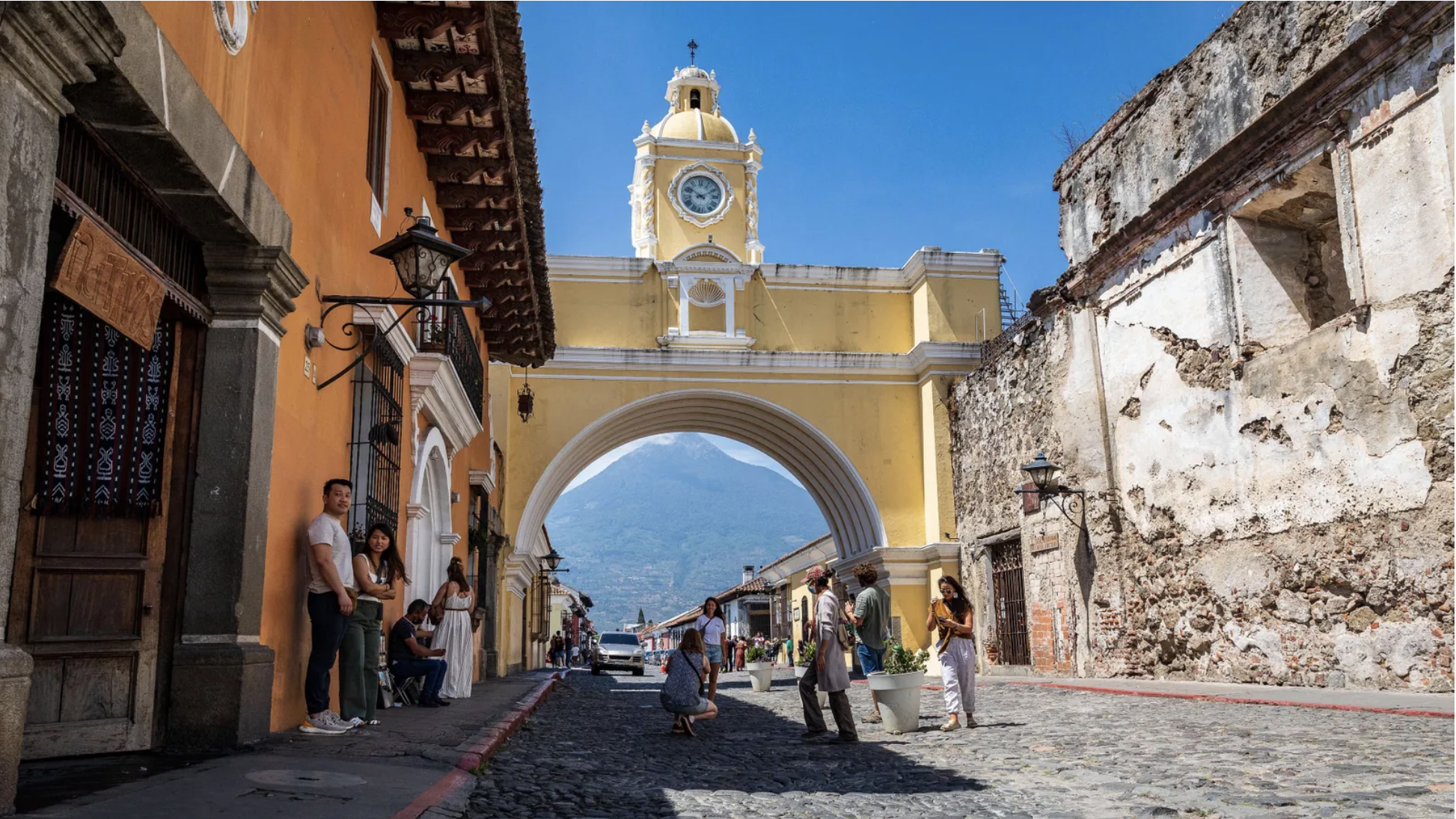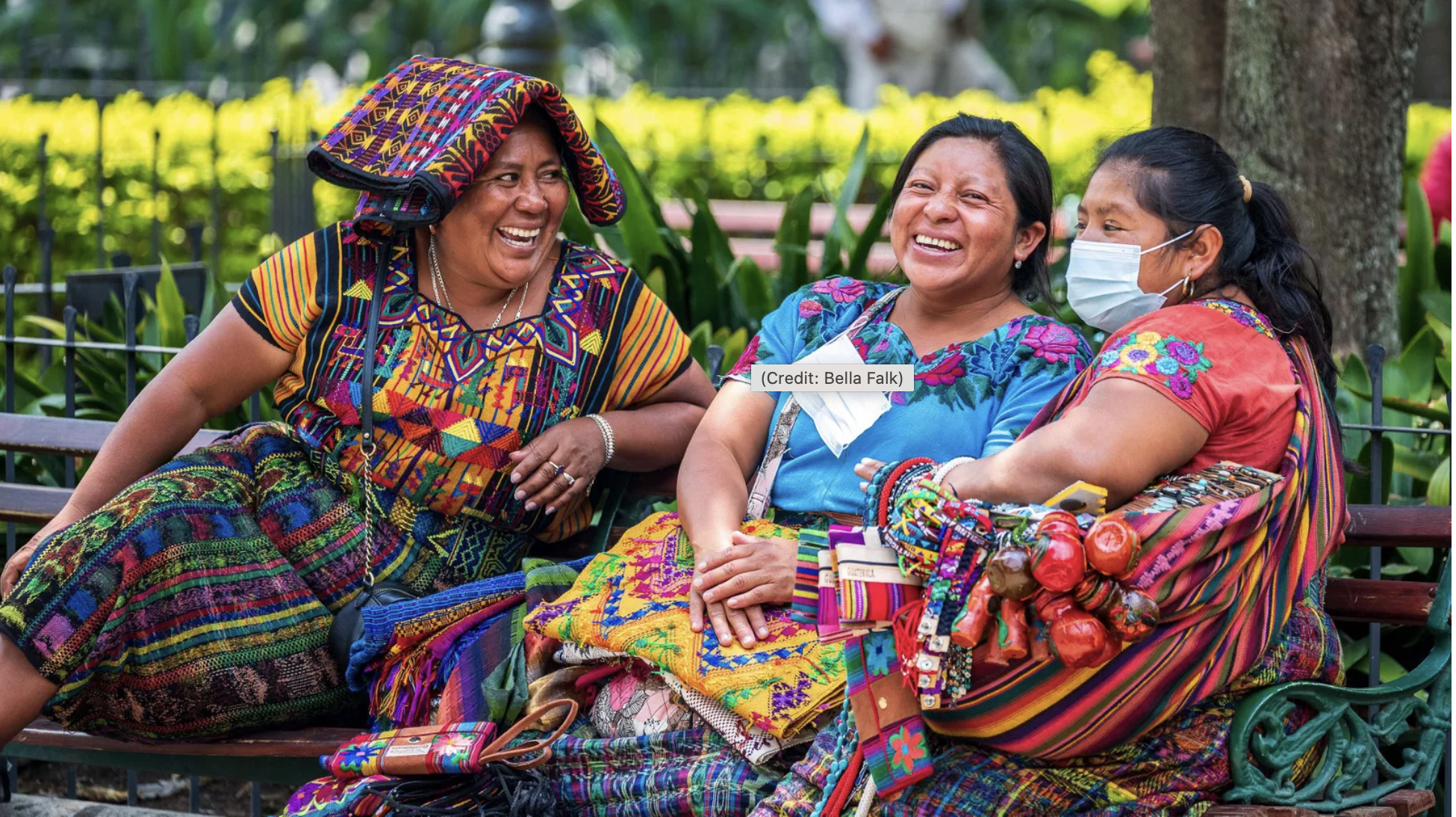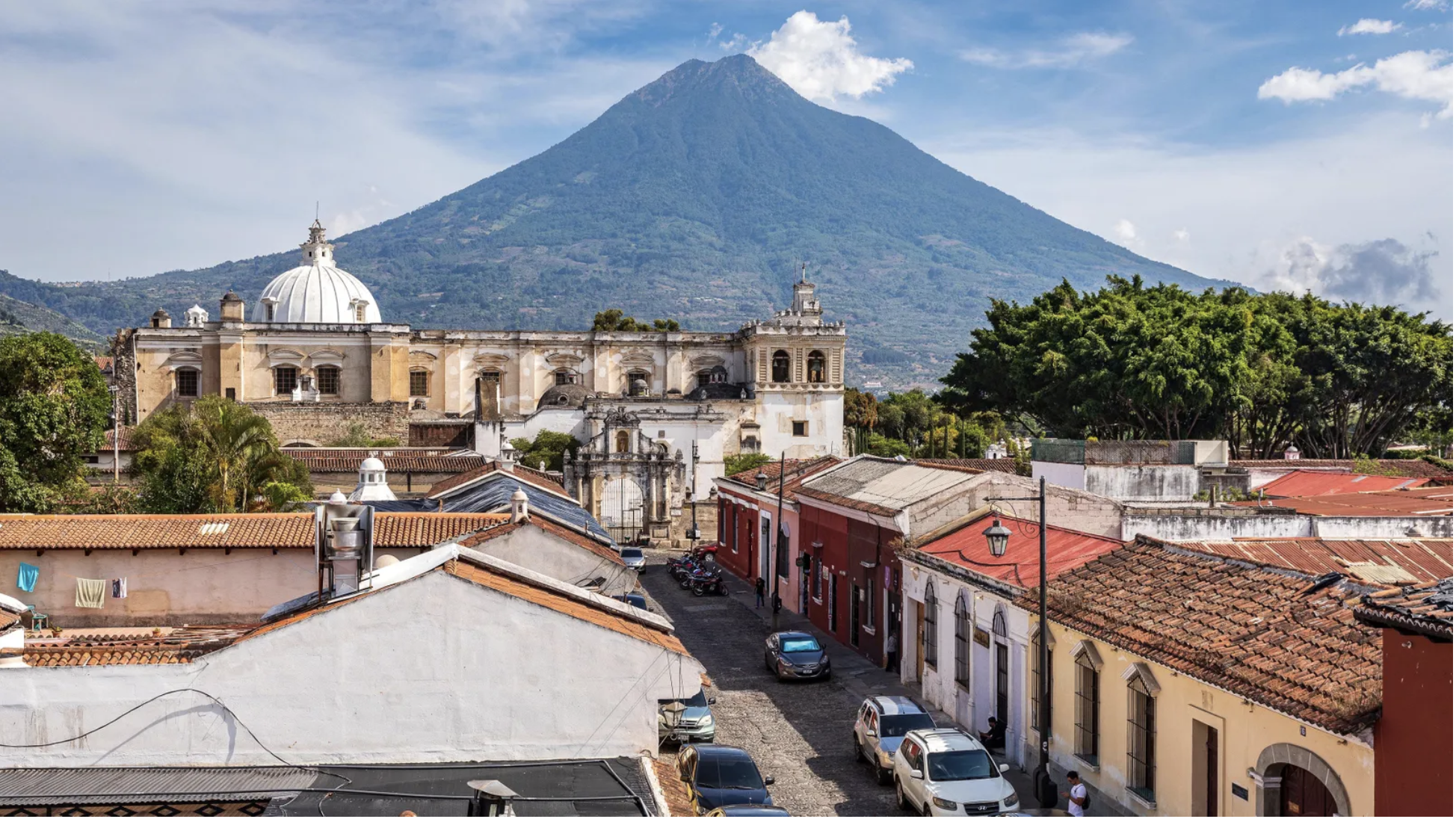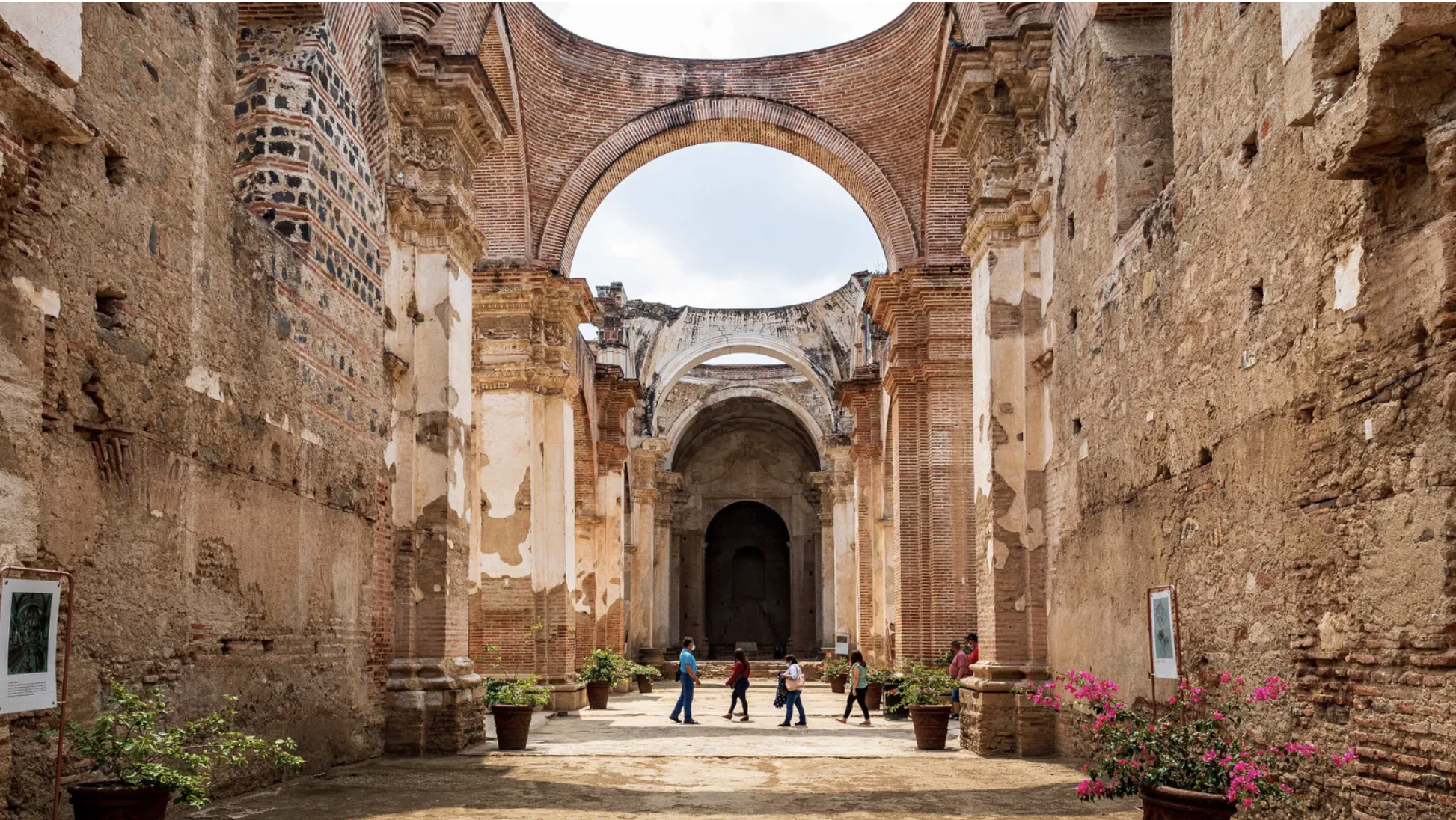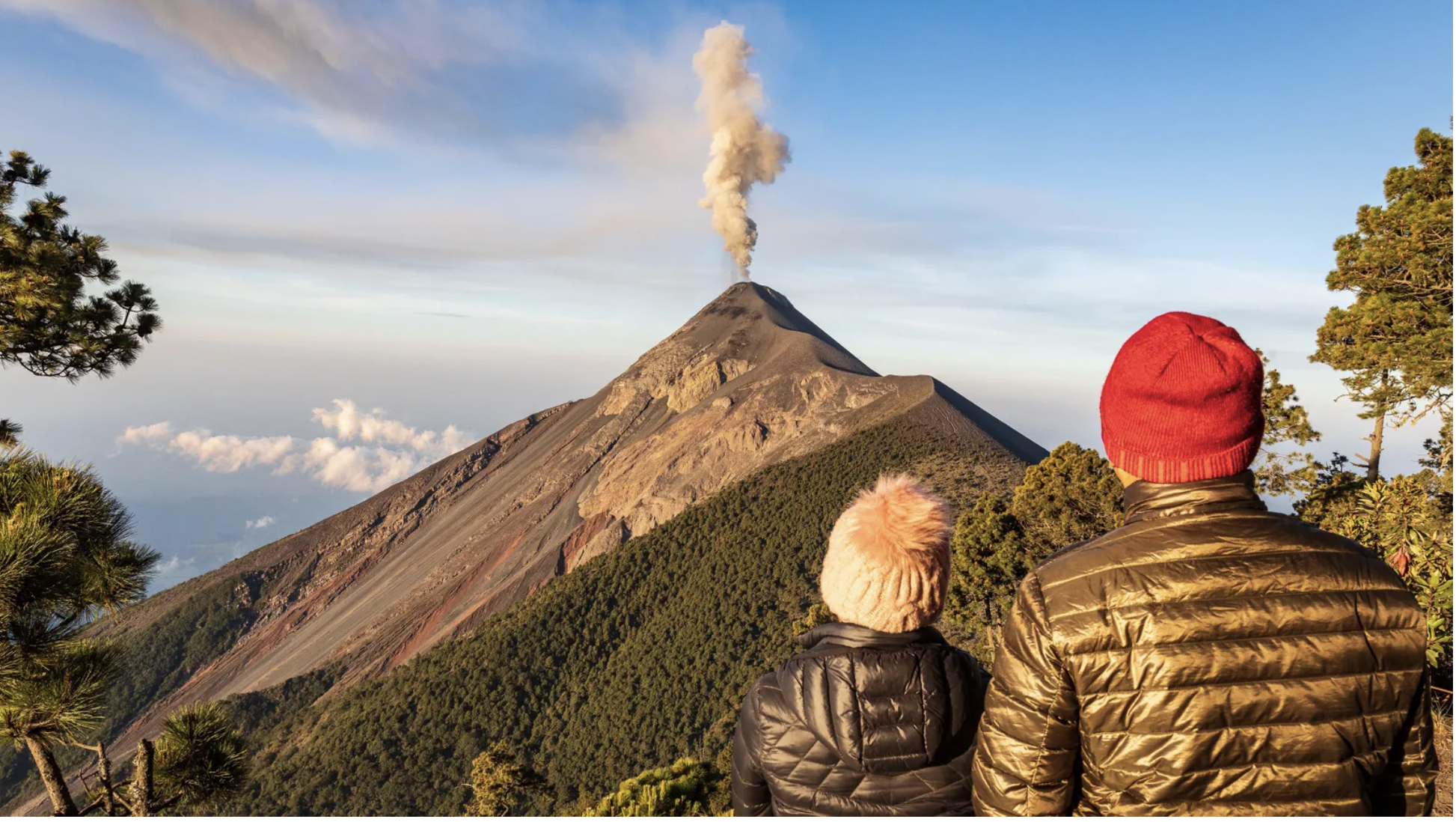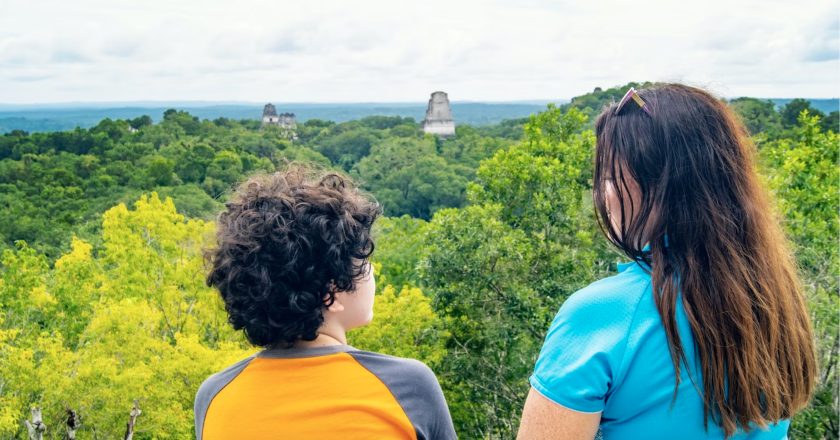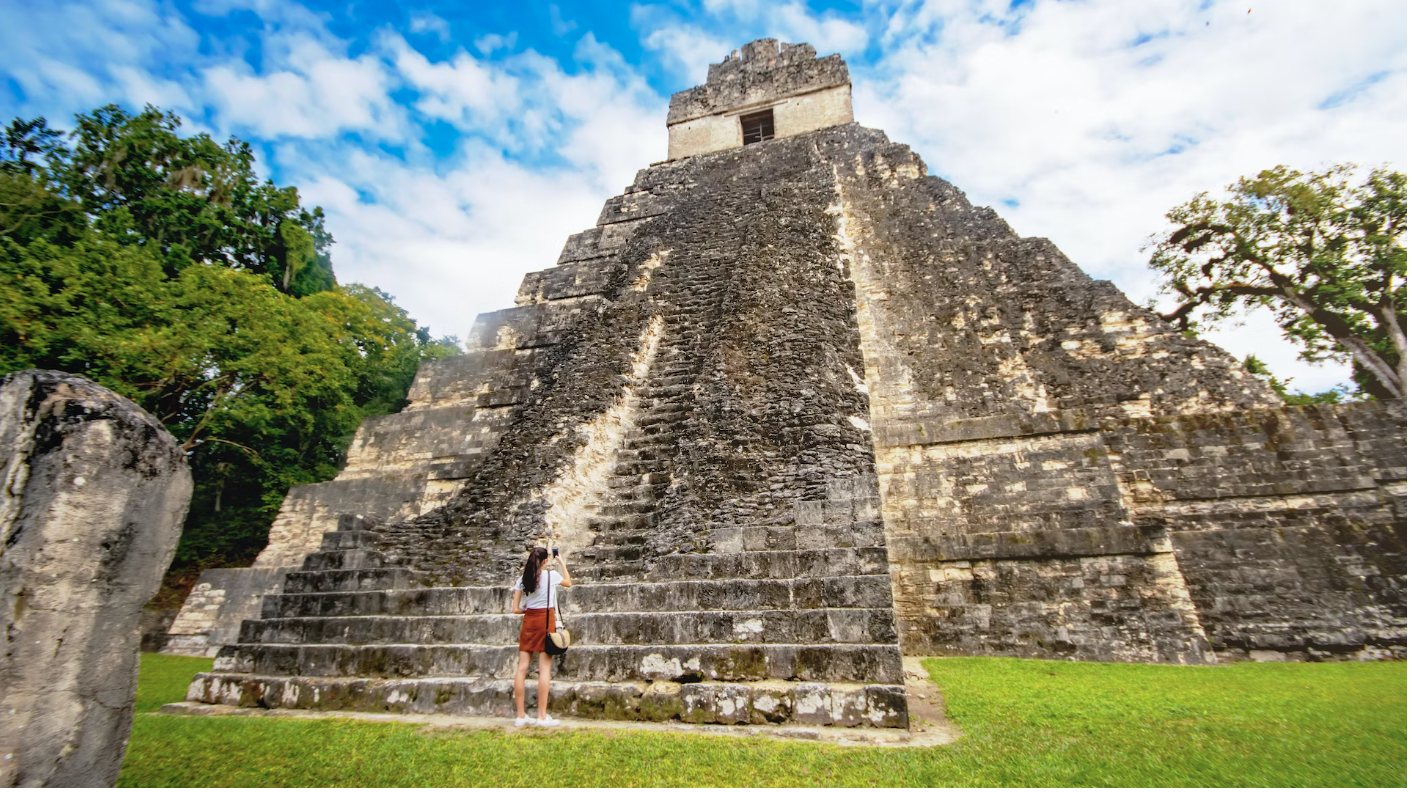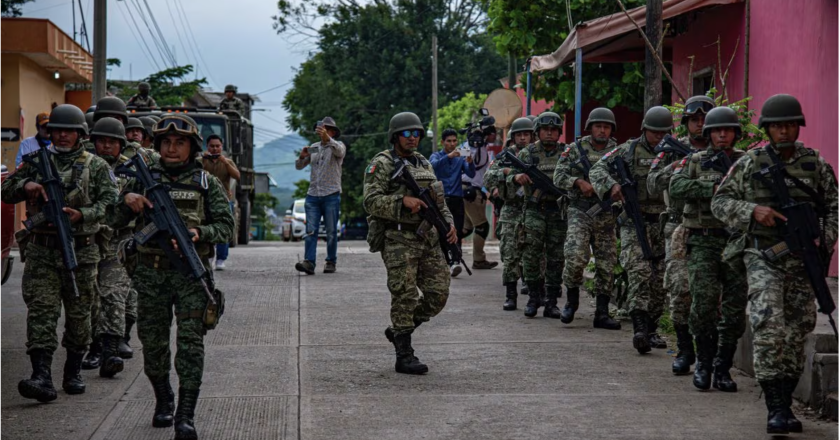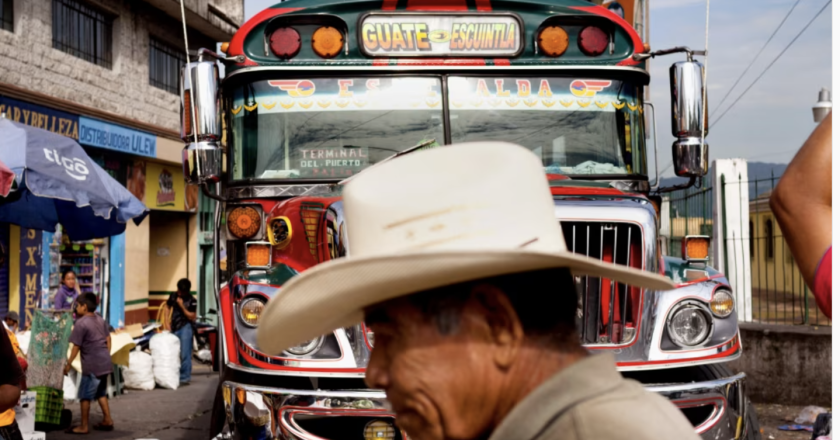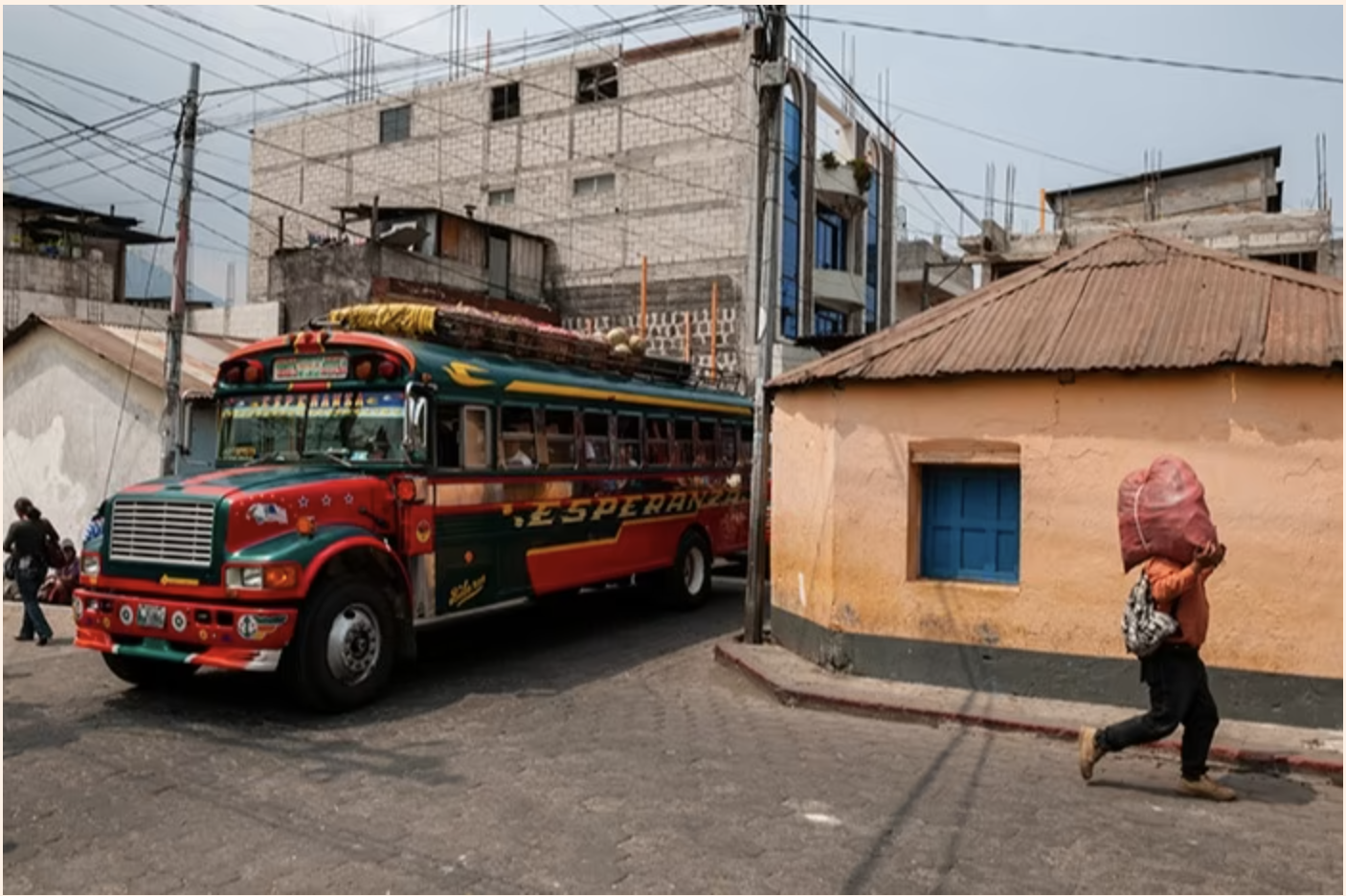Origin trips have become an increasingly important part of specialty coffee, particularly over the past couple of decades. With the growing focus on direct trade and establishing long term, mutually beneficial relationships with producers, these trips provide invaluable opportunities for roasters to forge deeper connections with supply chain actors in producing countries.
In addition to establishing more sustainable relationships with producers, group origin trips also allow roasters to more closely engage with their peers and other industry professionals. In turn, they can broaden their networks even further.
As part of Producer & Roaster Forum’s event taking place in Guatemala this year, the Sourcing Trip Experience (STE) will be held from 3 to 6 March 2024. Created specifically for roasters and green buyers, the STE ticket includes a four-day trip to coffee-growing regions in Guatemala, followed by the two-day PRF forum in Guatemala City on 7 & 8 March 2024.
Read on to find out more about the STE and PRF Guatemala.
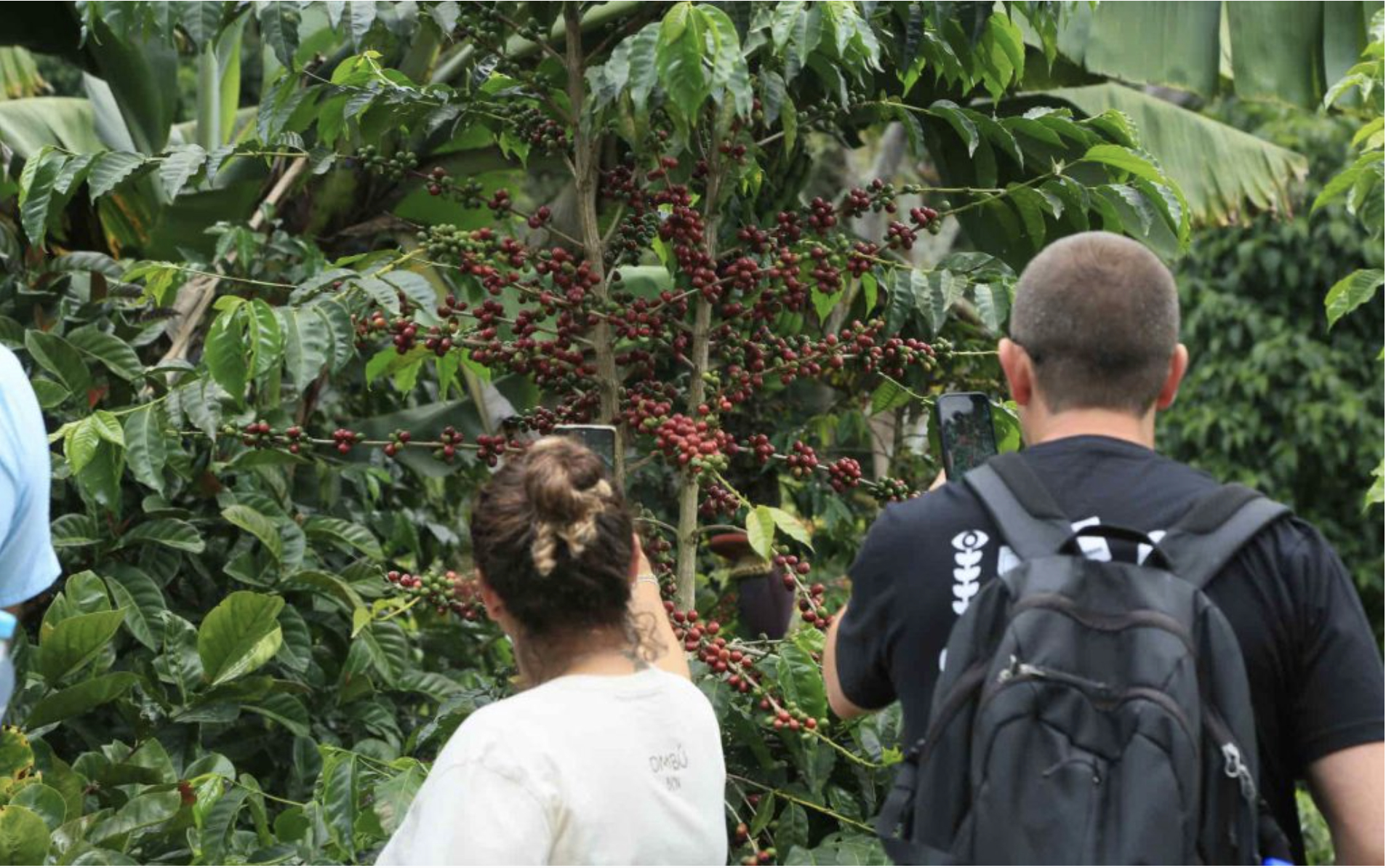
WHAT ARE ORIGIN TRIPS?
Put simply, an origin trip is when coffee professionals from other parts of the supply chain – including green buyers, roasters, baristas, and competitors – visit coffee farms in a producing country.
Although these trips are understandably more geared towards roasters and green coffee buyers, producers from other origin countries can also attend. This can be for many reasons, including to broaden their understanding of different farming practices and gain new insight into new and more advanced processing techniques.
As part of organised origin trips, attendees are taken to several coffee farms – which can span across different regions in a particular country. Guests will generally meet producers and visit farms, including different plots of land and micro and nano lots.
Attendees may also tour the farm facilities. Depending on the size and type of farm, this could include nurseries, grading and sorting areas, and wet and dry mills. Some farms may also have cupping rooms or sample roasting spaces – or even larger-sized roasteries and coffee shops.
Most origin trips are led by a company or an organiser, and bring together industry professionals from around the world. Ultimately, this presents a unique opportunity for roasters and green buyers to meet producers, as well as their peers, and connect in a much more close and personal way.
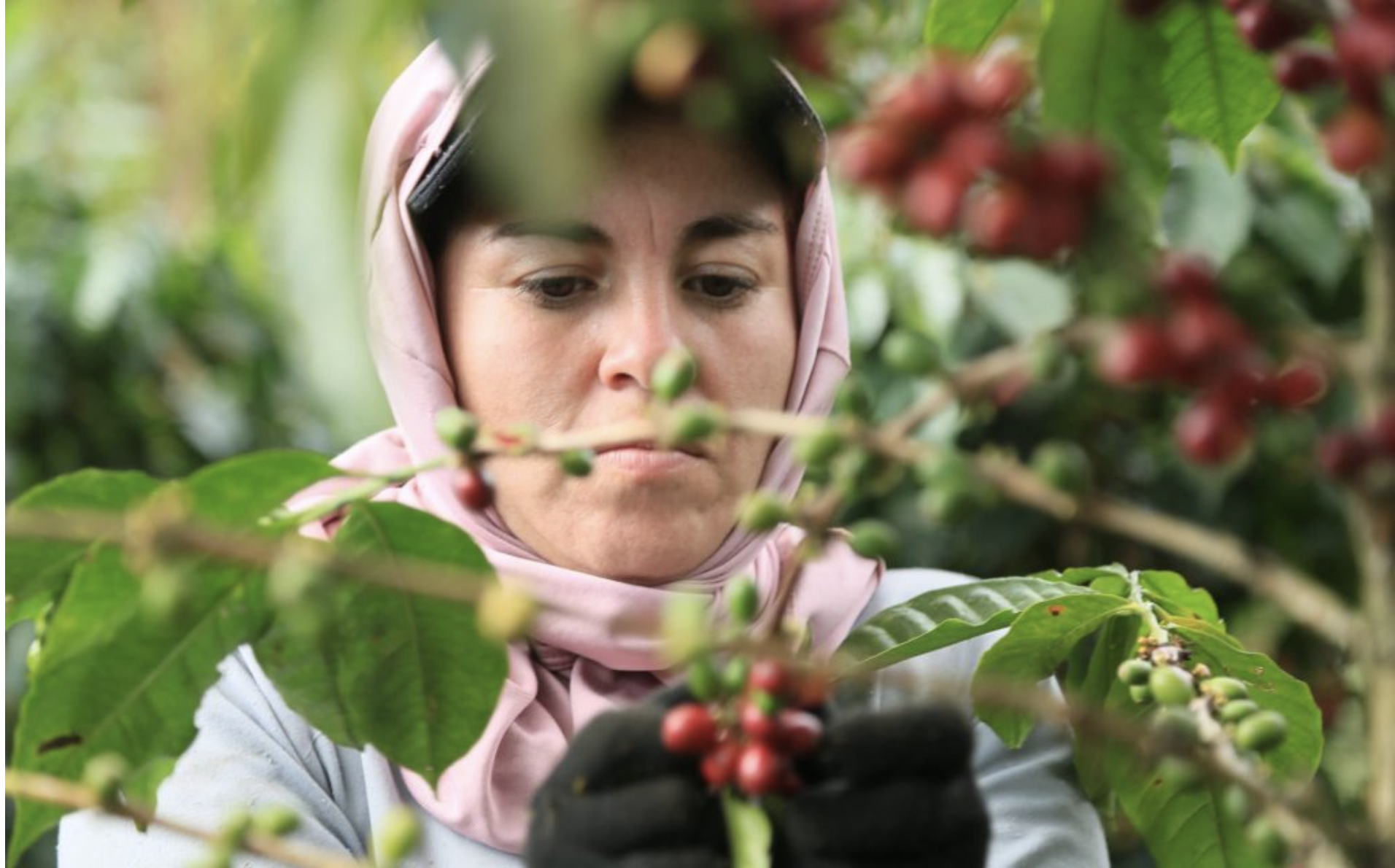
PRF GUATEMALA SOURCING TRIP EXPERIENCE
With a growing number of industry events taking place in producing countries every year, origin trips are becoming a more important part of them. Producer & Roaster Forum – one of the few that places producers at the very forefront – not only hosts a two-day forum in a different coffee origin country, but also organises a Sourcing Trip Experience.
During the STE, roasters and green buyers from around the world will have the opportunity to gain direct and immersive insight into coffee production. They will stay with local hosts on coffee farms in the country in several groups of up to 15 guests – allowing for a more intimate and engaging experience.
Julia Peixoto Peters is the founder of Peixoto Coffee in the US. She was also a guest on the PRF Colombia 2023 STE.
“The experience with [Host Sponsor] Cafe Lumbus was unforgettable,” she says. “The group of people travelling together were compatible, the farms we toured were stunning, the coffees we tasted were exceptional. And more importantly, the Cafe Lumbus team was incredibly generous and hospitable.”
The PRF Guatemala STE Host Sponsors are:
- Unitrade Coffee – founded in 1989, the company is dedicated to growing, processing, and selling high-quality Guatemalan coffee, with a key focus on nature and sustainability
- San Miguel Coffees – with over 130 years of experience, San Miguel sources coffee from eight different growing regions in Guatemala, focusing specifically on single origin coffees
STE attendees can expect to take part in a number of engaging activities such as:
- Visiting farms and meeting producers
- Observing harvesting and processing
- Travelling to wet and dry mills
- Taking part in roundtable discussions and educational activities, including with producers
- Participating in cupping sessions
How can I apply?
For roasters and green buyers interested in attending the PRF Guatemala STE, tickets are available here. A PRF Guatemala STE general ticket covers:
- Full access to the Sourcing Trip Experience from 3 to 6 March 2024, including farm visits, roundtable discussions, cuppings, and more
- Access to the PRF Guatemala two-day forum on 7 & 8 March 2024, including an exhibition, lectures and presentations, workshops, and competitions
- Accommodation and food for three nights and four days (from 3 March to 17:00 local time on 6 March)
- Organised dinners and/or events with Host Sponsors
Additionally, at the two-day forum, a STE VIP ticket will include:
- Fast track entry to the event
- VIP lounge access and dedicated VIP wifi
- Access to an exclusive coffee brew bar and private food service
- VIP dinner
Following the STE, participants will return to Guatemala City to attend the PRF two-day Forum at the Anacafé venue on 7 & 8 March 2024.
Other important details to note include:
- International STE attendees must first fly to Guatemala City. The pick-up point will be at Guaco Café (on the ground floor of the Anacafé building) on 3 March 2024. Please ensure to arrive in Guatemala City with enough time to be at the pick-up point promptly
- Costs of international flights are not covered with the STE ticket
- Everyone who purchases a STE ticket will attend an onboarding call to provide further details
- If more than one person attends per roastery or company, they will be placed with different hosts in different groups
- Accommodation, meals, and transportation are not provided and the costs of these expenses are not covered before or after the STE (prior to 3 March and from 6 March onwards)
- Health and travel insurance are required
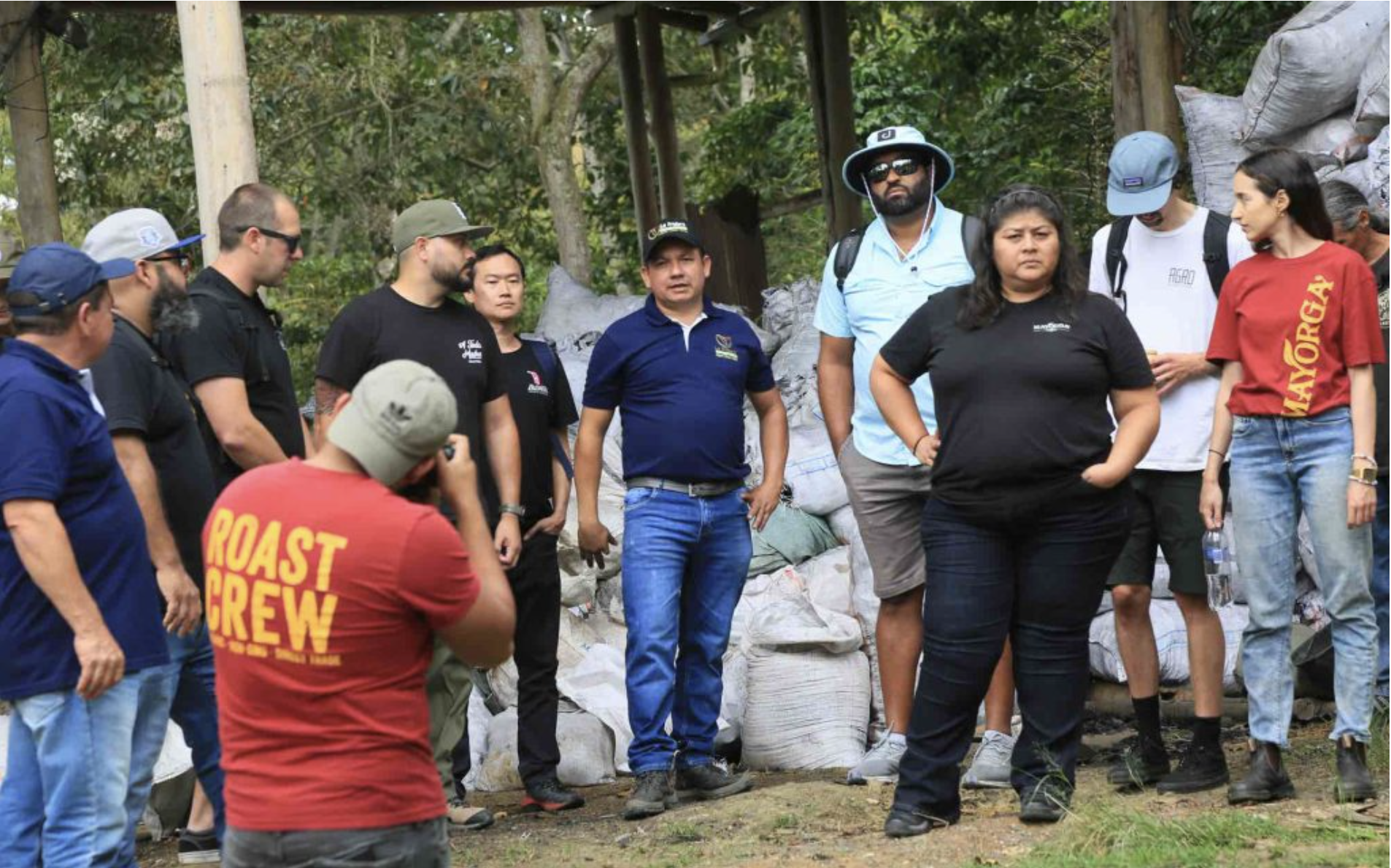
THE VALUE OF NETWORKING AT ORIGIN
For many roasters and green buyers, the experience of attending an origin trip is an unforgettable one. First and foremost, it allows them to deepen their understanding of the supply chain and coffee production. Moreover, it provides them with direct access to the people responsible for growing, selling, and exporting coffee.
During the PRF Guatemala STE, attendees can participate in deep, meaningful, and sometimes challenging discussions with producers, exporters, and other supply chain stakeholders. Ultimately, this is one of the most rewarding and mutually beneficial ways to build long-term relationships through which attendees can buy different coffees for years.
This could mean finding an exporter who can pre-finance shipments and handle logistics, discussing how to consolidate a container with other roasters, or buying coffee Freight On Board (FOB).
As part of the experience, attendees will also meet some of Guatemala’s leading producers, and see first-hand how they grow, harvest, and process their coffee.
Sourcing new coffees
Another major part of origin trips is looking for new coffees. Whether roasters are searching for different varieties and processing methods, a reliable new base for an espresso blend, or a competition coffee, events like the STE are some of the most effective ways to find new options.
Jason Kew is the founder of Coffee Project China, and was a PRF Colombia 2023 STE guest.
“Forest Coffee’s farm was amazing, and they were great hosts with an amazing location and food,” he says. “Cupping with the producers was a good experience, the farm tours were delightful, and there are endless opportunities for future business. We are looking to introduce the brand in the Chinese market.”
Additionally, as roasters and green buyers will attend cuppings organised with and by producers on the PRF Guatemala STE, there will be plenty of opportunities to learn more about particular coffees they are interested in purchasing.
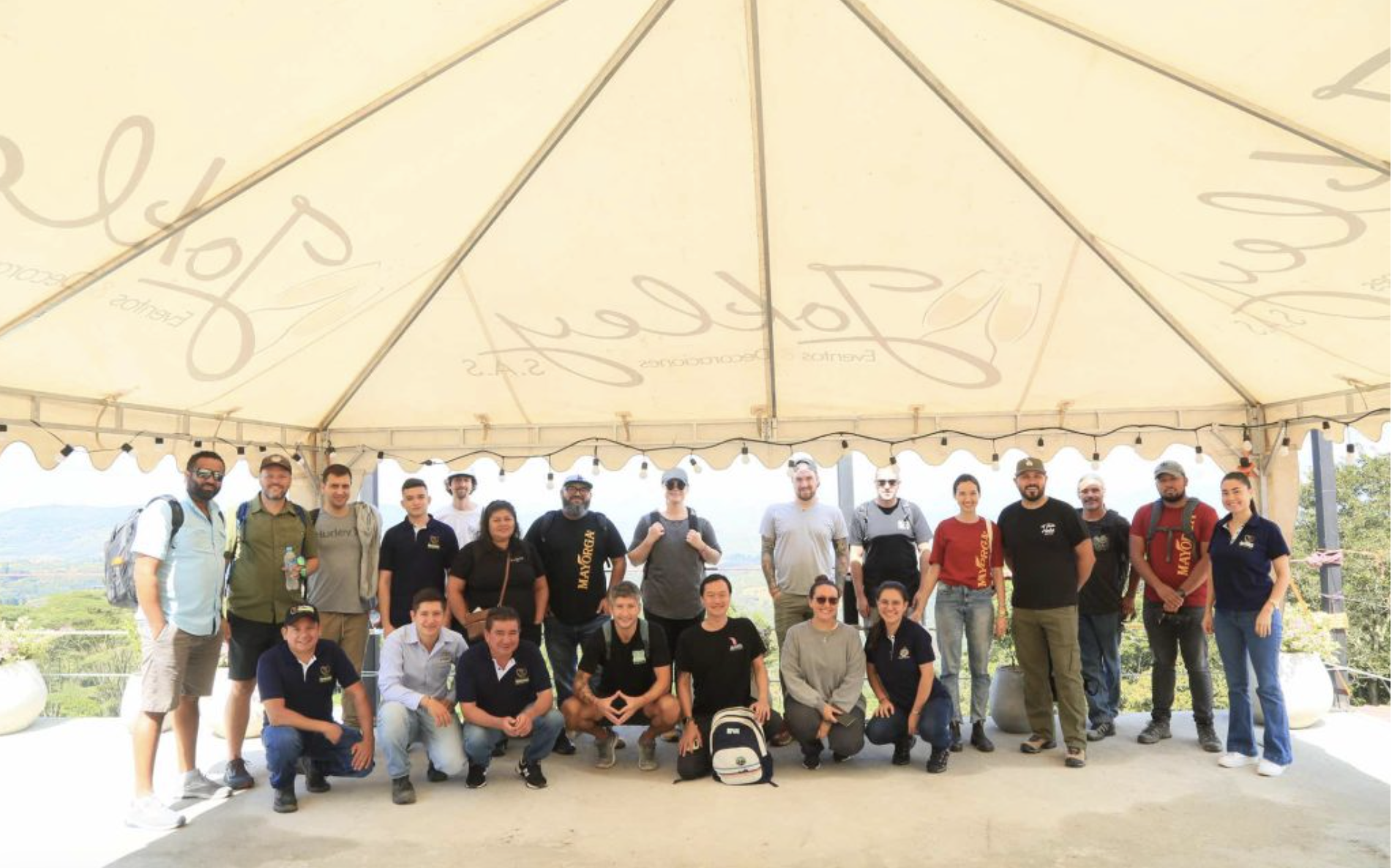
Every year, more and more roasters and green buyers are understanding the value of attending origin trips to develop their businesses and expand their networks.
Hundreds of roasters have attended STE over the years and established lifelong partnerships with producers from prominent origin countries. To find out more about tickets for the STE, you can find more information here.
You can stay up to date with all announcements for PRF Guatemala here, or by subscribing to the newsletter here.
Please note: The STE ticket does not include any accommodation for the nights of 6, 7 & 8 March. It also covers no costs once attendees return to Guatemala City after the STE.
Photo credits: Hacienda Cafetera La Pradera
Perfect Daily Grind

